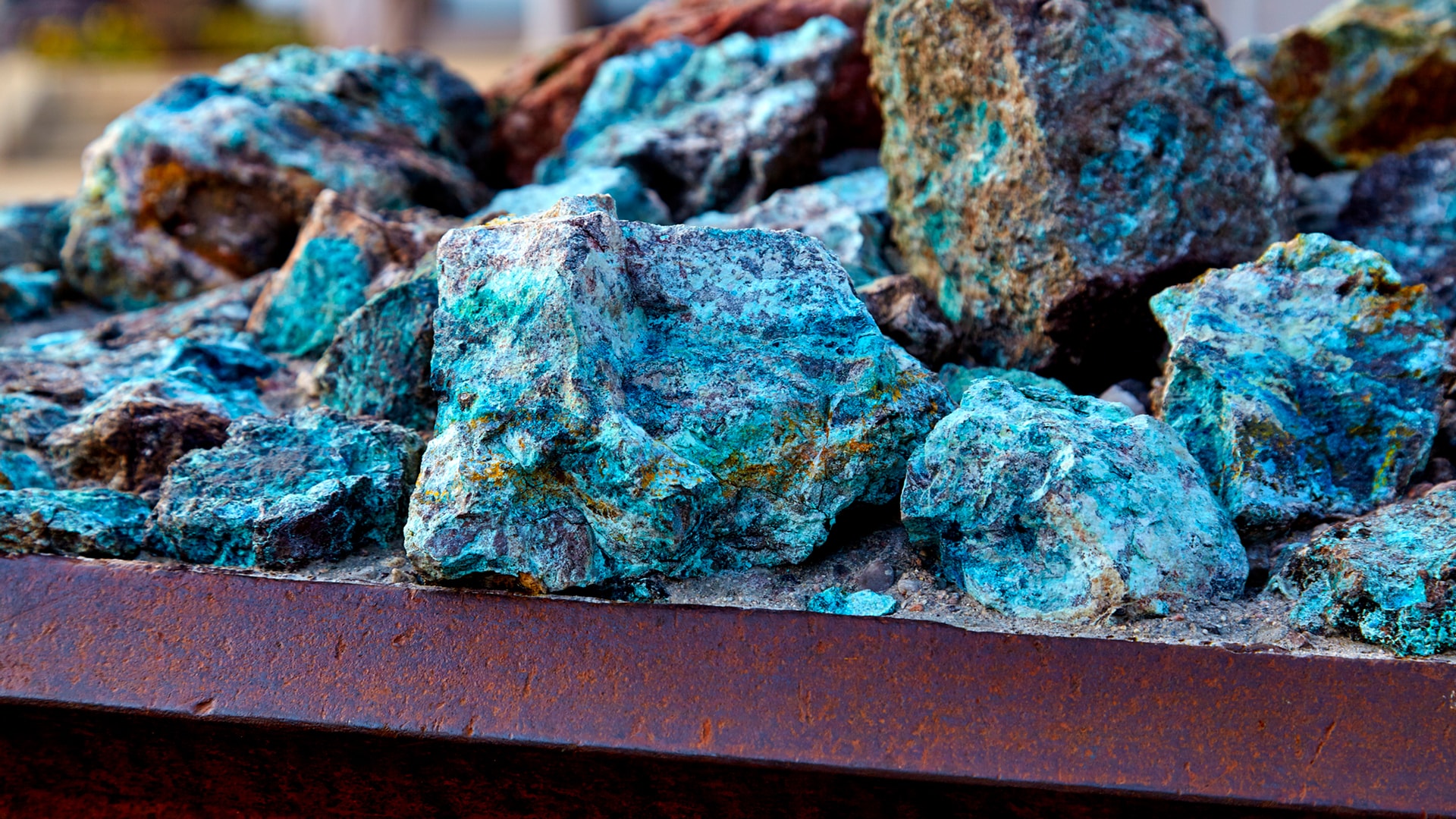Global demand for lithium is expected to grow significantly in the coming years, driven by the increasing popularity of electric vehicles and energy storage systems.
According to a report by McKinsey & Company, global lithium demand is expected to reach 2.5 million metric tons of lithium carbonate equivalent (LCE) by 2030, up from 0.7 million metric tons in 2021. This represents a compound annual growth rate (CAGR) of 20%.
The growth in lithium demand is being driven by a number of factors, including:
- The increasing popularity of electric vehicles: Electric vehicles use lithium-ion batteries, which require lithium to manufacture. As electric vehicles become more popular, demand for lithium will increase.
- The growth of energy storage systems: Energy storage systems are used to store electricity generated from renewable energy sources, such as solar and wind power. Lithium-ion batteries are commonly used in energy storage systems, so the growth of this market will also drive demand for lithium.
- The development of new lithium-ion battery technologies: New lithium-ion battery technologies are being developed that are more energy-dense and have longer lifespans. This is making lithium-ion batteries more attractive for a wider range of applications, which is further driving demand for lithium.
The growth in lithium demand is creating opportunities for lithium miners and producers. However, it is important to note that the lithium market is still relatively immature and there are some challenges that need to be addressed, such as securing sufficient lithium supplies and developing new lithium extraction technologies.
Here is a list of publicly traded cobalt and lithium miners:
Cobalt
- Glencore (GLNCY)
- Freeport-McMoRan (FCX)
- Vale (VALE)
- BHP Group (BHP)
- Eurasian Resources Group (ENRC)
- China Molybdenum (3993.HK)
Lithium
- Albemarle (ALB)
- Sociedad Quimica y Minera de Chile (SQM)
- Livent (LTHM)
- Ganfeng Lithium (1772.HK)
- Tianqi Lithium (002466.SZ)
- Pilbara Minerals (PLS.AX)
- Allkem (AKE.AX)
Global demand for cobalt is expected to grow significantly in the coming years, driven by the increasing popularity of electric vehicles. Cobalt is a key component of lithium-ion batteries, which are used in electric vehicles and other energy storage devices.
According to a report by Wood Mackenzie, global cobalt demand is expected to reach 215,000 tonnes in 2030, up from 110,000 tonnes in 2021. This represents a compound annual growth rate (CAGR) of 11%.
The growth in cobalt demand is being driven by the following factors:
- The increasing popularity of electric vehicles: Electric vehicles are becoming more popular due to their environmental benefits and lower operating costs. As electric vehicles become more popular, demand for cobalt will increase.
- The development of new lithium-ion battery chemistries: New lithium-ion battery chemistries are being developed that use less cobalt. However, these chemistries are still in the early stages of development and it is unclear when they will be widely commercialized.
- The growth of the energy storage market: Energy storage systems are used to store electricity generated from renewable energy sources, such as solar and wind power. Cobalt-based lithium-ion batteries are commonly used in energy storage systems, so the growth of this market will also drive demand for cobalt.
The growth in cobalt demand is creating opportunities for cobalt miners and producers. However, it is important to note that the cobalt market is still relatively immature and there are some challenges that need to be addressed, such as securing sufficient cobalt supplies and developing new cobalt extraction technologies.
One of the main challenges facing the cobalt market is the concentration of supply. The Democratic Republic of the Congo (DRC) produces over 70% of the world’s cobalt. This concentration of supply makes the market vulnerable to supply disruptions.
Another challenge is the ethical concerns associated with cobalt mining. The DRC has a history of human rights abuses in the mining sector, including child labor. This has led to calls for boycotts of cobalt from the DRC.
Soaring demand for the raw materials needed for the transition towards renewable energy is creating dilemmas for investors weighing the economic, environmental and human rights risks of such projects.
With demand for fossil fuels expected to peak by the end of the decade, the focus is shifting towards lithium, cobalt, copper and other materials that are extracted from the earth through heavy labour and leave scars in the environment.
Demand for lithium — an essential component of car batteries — could increase ninefold between 2022 and 2050, according to the International Energy Agency (IEA).
Lithium demand has already tripled in the past five years.
Lithium and other metals that the IEA calls “key to the clean energy transition” will be the topic of a summit hosted by the global energy watchdog in Paris on Thursday.
Demand for cobalt will have increased from 171,000 tonnes to 524,700 tonnes by 2050, according to the IEA, with nickel requirements set to soar 120 percent in the same timeframe.
The IEA said in a July report that investment in the mining sector is still insufficient to meet demand, and also flagged concerns that a high concentration of new projects were clustered in a small number of countries.
“This is a huge issue,” said Jason Schenker, president of Prestige Economics. “We have massive shortfalls across commodities.”
– ‘A lot of money’ –
Swedish management company AuAg Funds has developed an investment portfolio dedicated to “essential metals”, where the money placed in the fund is invested in shares of mining companies, smelting, refining and other parts of the supply chain.
“We give exposure through equity to all metals: copper, silver, aluminium, lithium, uranium, cobalt,” Christopher Svensson, founder and co-portfolio manager at AuAg Funds.
To comply with financial regulations, however, it is not possible for them to invest directly in a specific project, only in the companies.
Schenker warns a lot of investment is needed in projects that will take a long time to deliver.
“The amount of additional mining, refining, smelting, and everything that’s going to be needed to get us where we need to be in terms of supply is a number very difficult to come to, because every time you’re opening a new mine, it involves a lot of money,” he said.
“These are large capital investments and they take many years to put in place before you really begin to see that return and the number of mines,” added Schenker.
Svensson said it needs “15-20 years to start a new mine”.
– Compromise and sacrifice –
The mining sector also presents significant concerns around human rights and environmental pollution.
Cases where the lives of mine workers are endangered, natural habitat is destroyed or local populations are negatively impacted regularly steal headlines.
Others express concerns over carbon emissions from production and refining sites.
“If you feel passionately about sustainability, I imagine it’s got to be pretty tough to hear that the future of clean energy requires a trade-off, as more mining and that’s also going to have negative impacts,” said Schenker.
Investors in environmental, social, and corporate governance (ESG) have to choose “do we sacrifice the S, or the G, or the E for the energy transition,” said Margot Seeley, ESG analyst at ABN AMRO Investment Solutions.
AuAG claims to have a strict policy for selecting its portfolio companies, and Svensson said their structure allows institutional investors to get involved.
“We want companies that are extracting metals in the best environmental way,” he added.
Shayne Heffernan









